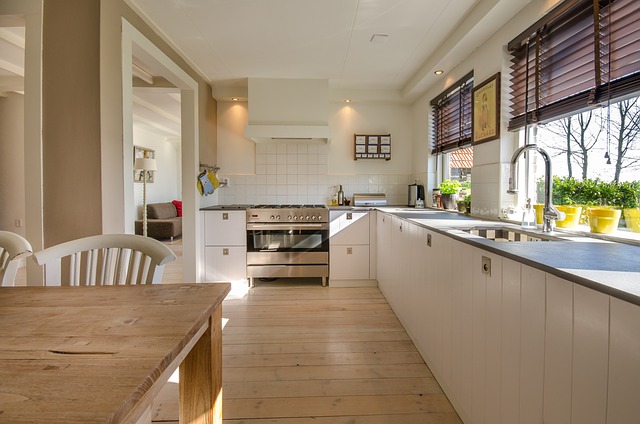DIY Home Improvement: A Comprehensive Guide to Enhancing Your Living Space
Home improvement projects can be both exciting and intimidating, especially for those who are new to DIY tasks. However, with the right mindset and guidance, anyone can achieve their dream home without breaking the bank. In this article, we’ll provide you with a step-by-step guide on how to tackle various DIY home improvement projects and transform your living space into a haven that reflects your personality and style.
Benefits of DIY Home Improvement
There are numerous benefits to taking on DIY home improvement projects. Not only can you save money on labor costs, but you’ll also gain a sense of accomplishment and pride in your work. Additionally, DIY projects allow you to tailor your home to your specific needs and preferences, creating a unique and functional space that reflects your individuality.
Assessing Your DIY Skills and Limitations
Before embarking on any DIY project, it’s essential to assess your skills and limitations. Be honest with yourself about your experience and abilities, and consider the following factors:
- Time commitment: How much time do you have available to dedicate to the project?
- Physical demands: Are you physically capable of handling the demands of the project?
- Financial constraints: What is your budget for the project, and are you willing to invest in necessary tools and materials?
- Technical expertise: Do you have the necessary skills and knowledge to complete the project successfully?
Once you’ve assessed your skills and limitations, you can begin planning and selecting the projects that are best suited to your abilities and resources.
Essential Tools and Materials for DIY Home Improvement
Having the right tools and materials is crucial for any DIY project. Here are some essential items to get you started:
- Power tools: Drill, saw, sander, and screwdriver
- Hand tools: Hammer, tape measure, level, and wrench
- Materials: Lumber, drywall, paint, and roofing materials
- Safety equipment: Safety glasses, gloves, and a dust mask
Remember to also follow local building codes and regulations when selecting materials and tools for your DIY projects.
DIY Home Improvement Projects for Beginners
Not sure where to start? Here are some beginner-friendly DIY home improvement projects:
- Painting walls and ceilings
- Replacing light fixtures and switches
- Installing shelves and storage units
These projects are great for beginners, as they require minimal skills and materials, and can be completed relatively quickly.
DIY Home Improvement Projects for Advanced DIYers
For more experienced DIYers, here are some advanced projects to consider:
- Kitchen and bathroom renovations
- Hardwood flooring installation
- Roofing and siding replacement
- Electrical and plumbing upgrades
These projects require more advanced skills and materials, but can significantly enhance the functionality and aesthetic appeal of your home.
Tips and Tricks for Successful DIY Home Improvement Projects
Regardless of the project, there are several tips and tricks to keep in mind to ensure success:
- Plan carefully: Create a detailed plan and timeline to ensure a smooth and efficient workflow.
- Measure twice, cut once: Double-check your measurements to avoid errors and waste.
- Don’t be afraid to ask for help: Consult professionals or online resources if you’re unsure about a particular step or process.
- Stay organized: Keep your workspace clean and organized to avoid accidents and misplaced tools.
By following these tips and being mindful of your own limitations, you can successfully complete a variety of DIY home improvement projects and achieve your dream home.
Conclusion
DIY home improvement projects can be a fun and rewarding way to enhance your living space, but it’s essential to approach these projects with caution and careful planning. By assessing your skills and limitations, selecting the right tools and materials, and choosing projects that suit your abilities, you can achieve successful results and create a home that reflects your personality and style. Remember to stay organized, plan carefully, and don’t be afraid to ask for help – and you’ll be on your way to a beautiful and functional home.



